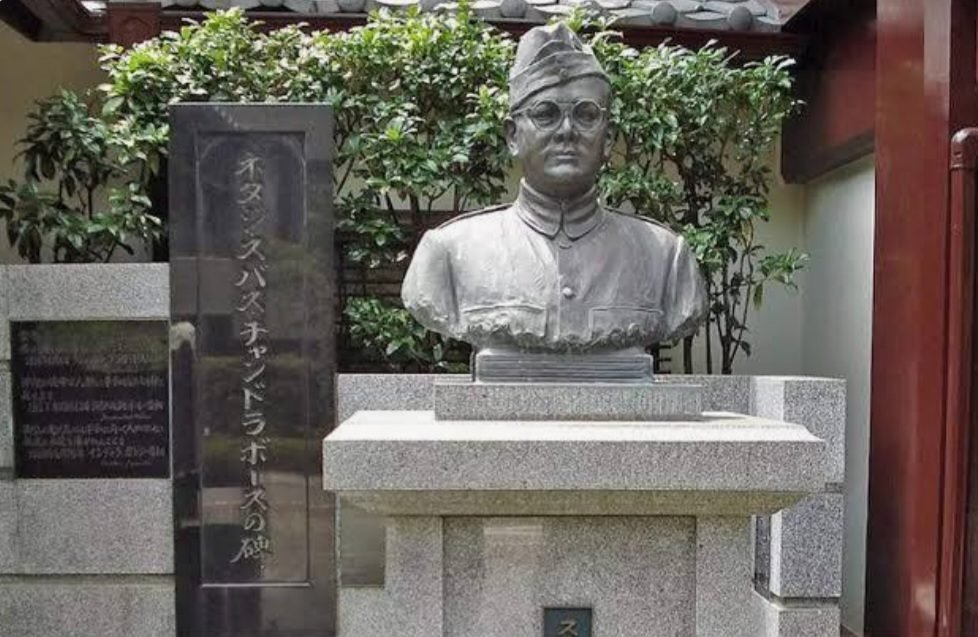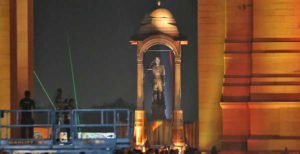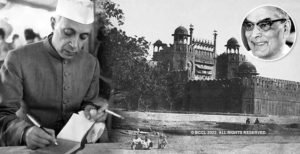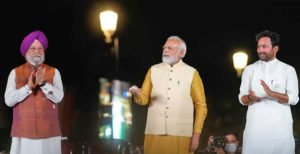Why Nehru didn’t gave the permission for Netaji’s memorial?


Well, let us rewind our clocks back to the year of 1960. The winter session of the second Lok Sabha was in progress. On 2nd December 1960, a resolution was moved in the Lower House that the ashes of Netaji Subhas Chandra Bose should be brought back to India from the Renkoji Temple in Japan. There were also talks of building a grand memorial for Netaji’s ashes in front of the Red Fort in Delhi. This issue was a hot topic inside the Indian Parliament as well as outside the Parliament, all over the country. There was a demand, that if the government believes that the ashes of Netaji Subhas Chandra Bose is present in the Renkoji temple, then it should definitely be brought back to India.
In relation to this resolution of the Parliament, on the same day i.e., on 2nd December 1960, Nehru wrote a letter to Dr. Bidhan Chandra Roy. Dr. Bidhan Chandra Roy was the then Chief Minister of West Bengal. That letter of Nehruji was confidential. In it, Nehruji wrote that the Government of India will try to bring Netaji’s ashes to India only when Netaji’s family takes the initiative for him which was very much understandable. But, in the very same letter, he turned down the offer of a memorial for Netaji in front of the Red Fort. Nehru further wrote, ‘I do not think that such a thing, that is, a memorial to Netaji, can be built in front of the Red Fort‘. Why Nehruji thought so, he would have known, but his saying that such a thing (Netaji’s memorial) cannot be built in front of the Red Fort is beyond comprehension.

Nehru, in the same letter to Bidhan Chandra Roy, gave a very strange advice along with his decision not to build a memorial in front of the Red Fort. The advice was that if Netaji’s ashes are brought back to India, they should be kept in Calcutta. Nehru probably did not remembered that Netaji’s slogan was ‘Delhi Chalo, not Calcutta Chalo’. His slogan was not in Bengali but in Hindustani. The dream of hoisting the tricolor on the Red Fort was also the dream of Netaji and Azad Hind Fauj and not of any other leader.

Nehruji argued for not building a memorial for Netaji in front of the Red Fort, that the place was reserved for making a memorial for all the martyrs of the country’s freedom struggle. He had cited of some Raychaudhuri that he had already started work on that memorial. What happened to Nehru’s martyr memorial scheme in front of the Red Fort, till date no one knows anything about it. We do not find any evidence of which martyr’s memorial Raychaudhuri was building in front of the Red Fort. Yes, there is an evidence that the argument was made for not building a memorial for Netaji.
What is martyrdom for the country, what is sacrifice for the country, this biggest ideal was presented by Netaji Subhash Chandra Bose. Netaji laid the foundation stone of INA Memorial in Singapore on 8 July 1945 in memory of the brave sons of Azad Hind Fauj who had died for India’s independence before his martyrdom. The plan of a grand memorial for the freedom fighters of a subject country in a foreign country is proof of Netaji’s unwavering patriotism and reverence for the patriotism of his fellow soldiers.
The three words of inspiration on that memorial were ‘Ittihad, Itmad and Qurbani‘ which means unity, faith and sacrifice. Any nation, any nation progresses through these Beej Mantras. The monument was demolished by Mountbatten after the British occupation of Japan. Later the same Mountbatten was accepted as independent India’s first Governor General. Singapore’s INA memorial was re-established.

But should the then government have built a memorial for its brave son at a suitable place in Delhi? The new design of the martyr memorial at India Gate and the statue of Netaji Subhas Chandra Bose at its center is certainly a belated attempt to rectify that mistake.
No final decision on the heritage of the country is taken by any government, it belongs to its people. Netaji is alive in the breath of the people of this country, will remain alive. Netaji’s memorial may not be built in front of the Red Fort, but every year when the tricolor is hoisted there on the 15th of August, the most immortal greeting of the country is on everyone’s tongue, which Netaji chose with the consent of his comrades of the Azad Hind Fauj.
Jai Hind!
DISCLAIMER: The author is solely responsible for the views expressed in this article. The author carries the responsibility for citing and/or licensing of images utilized within the text.
